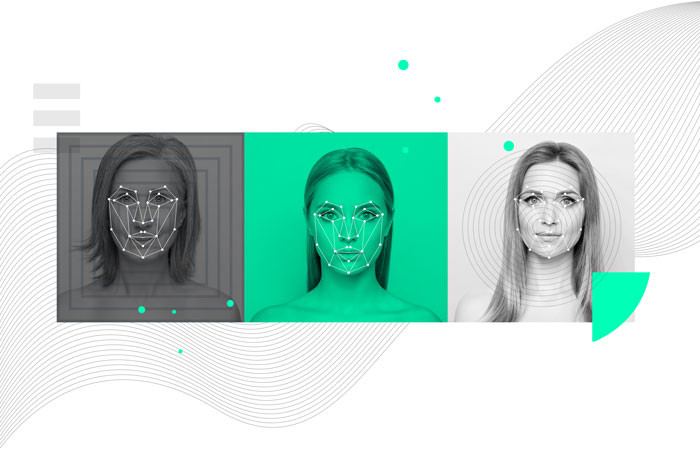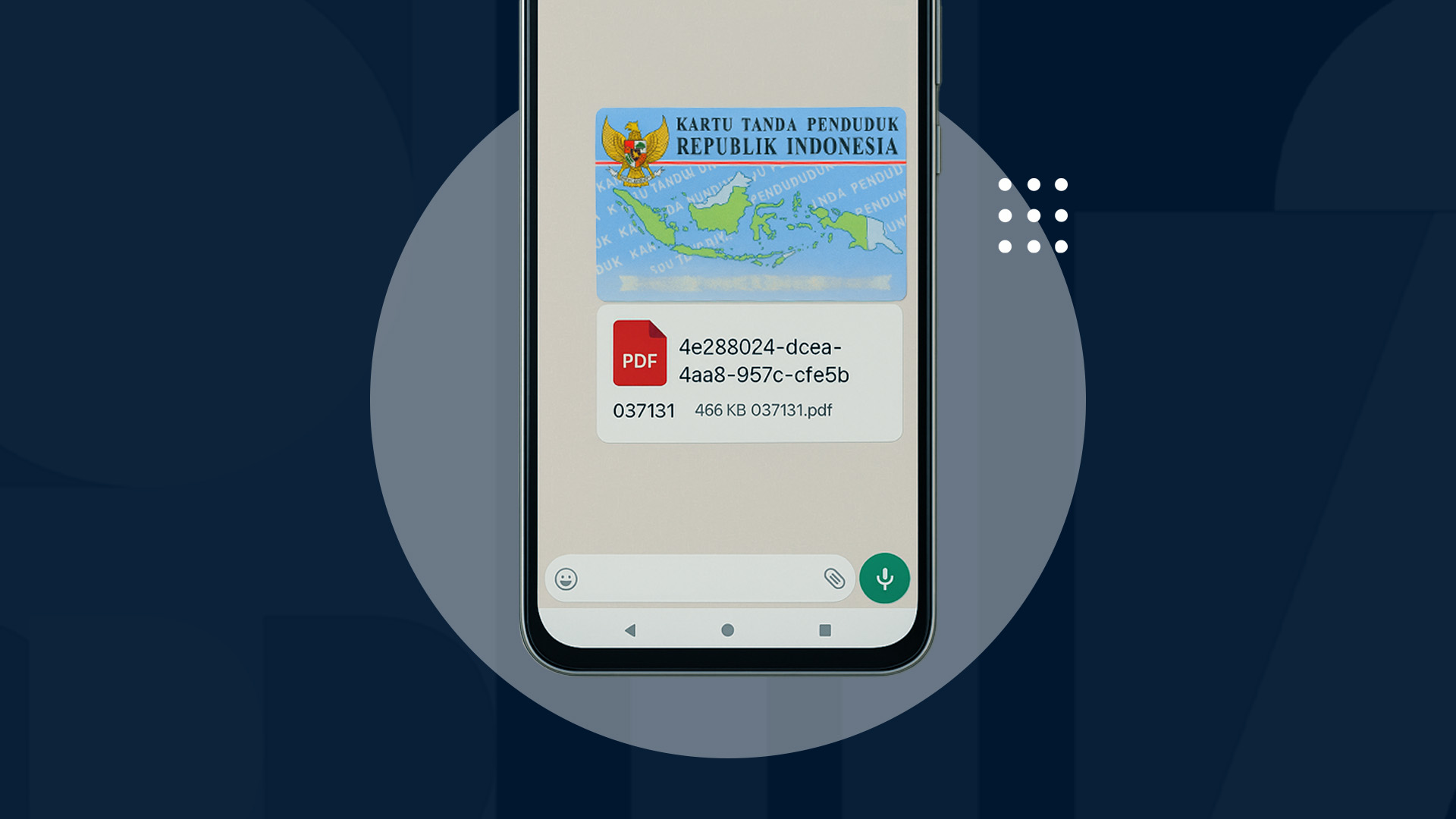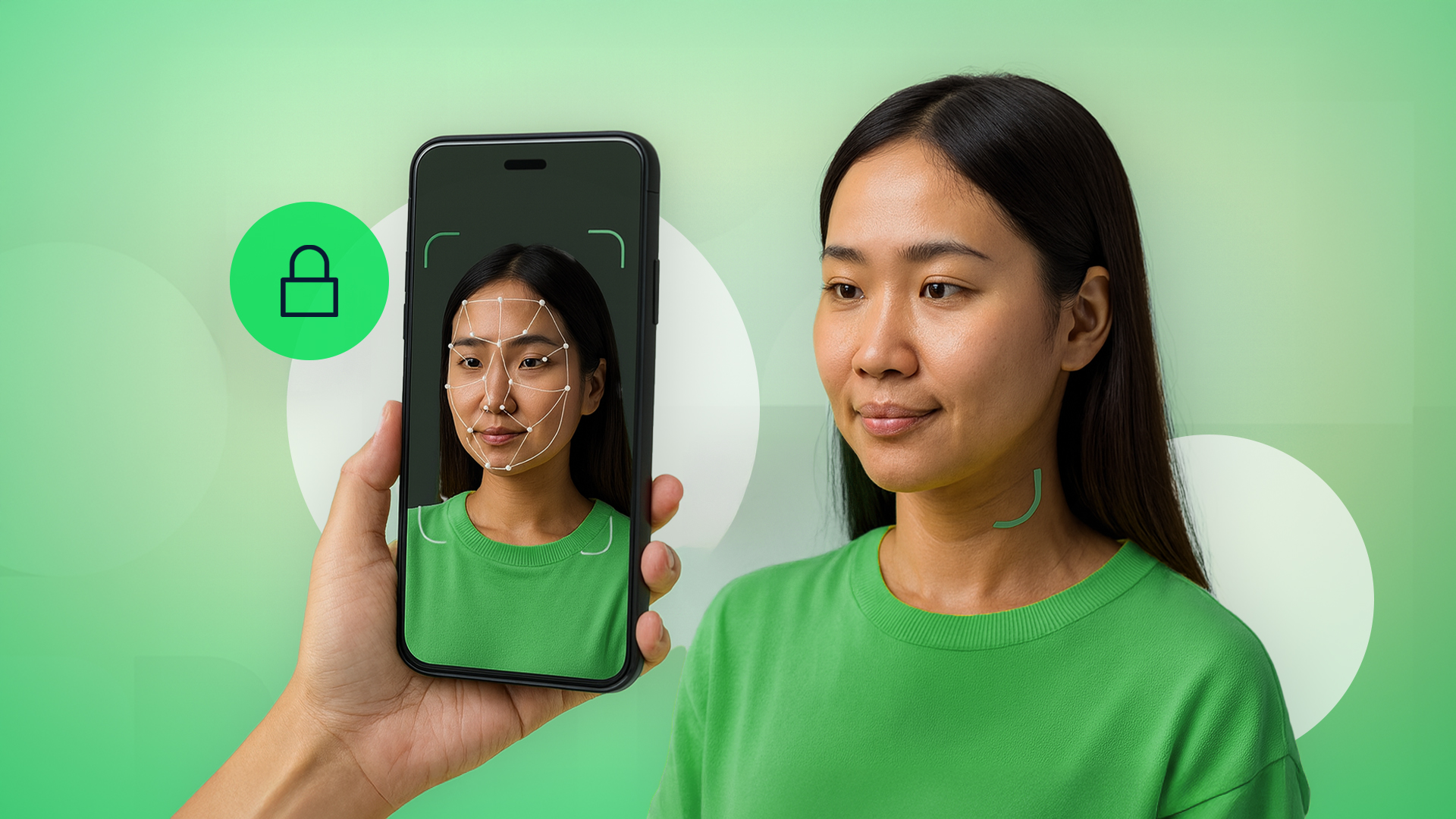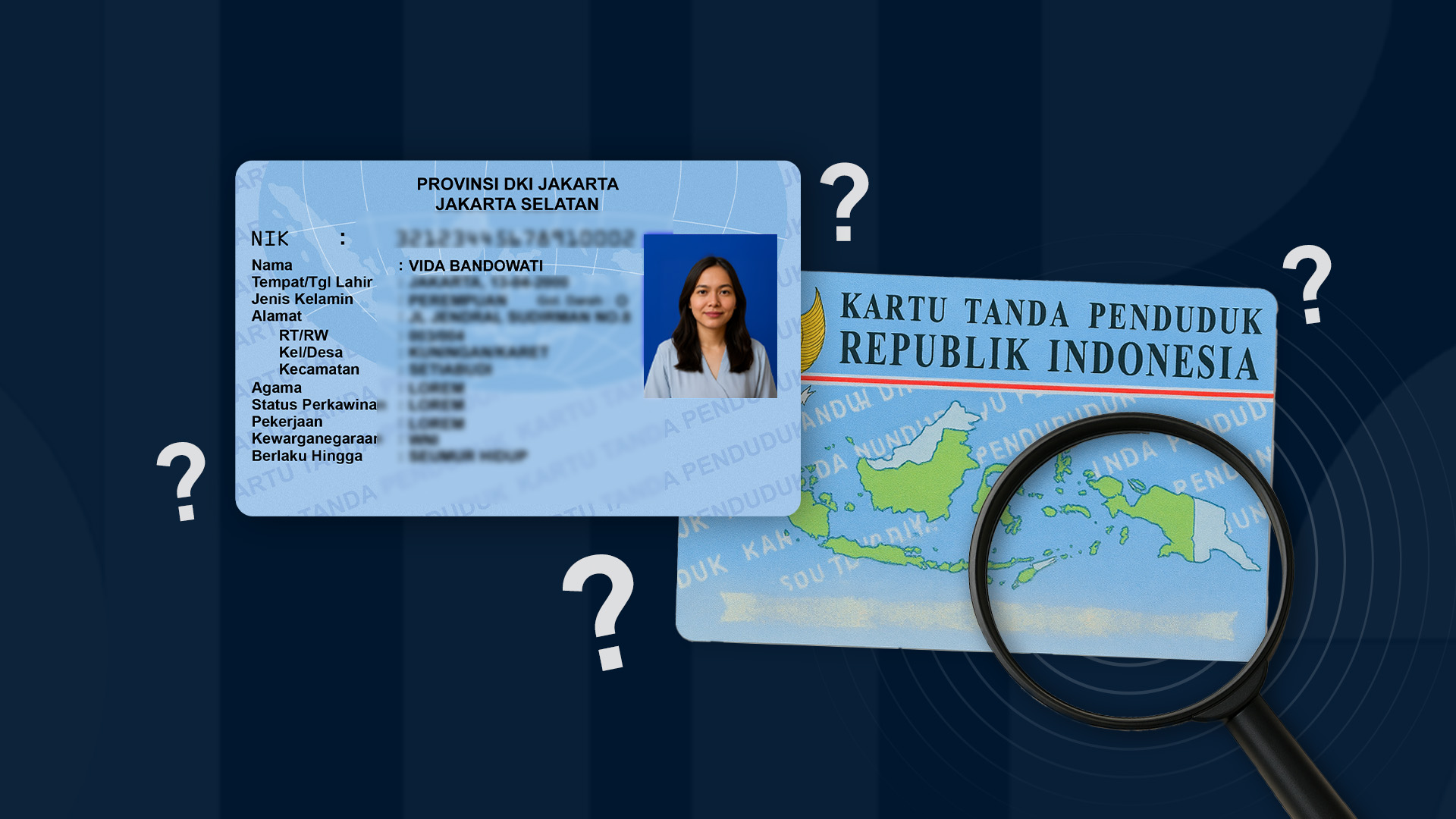From CCTV cameras to biometric identification systems at airports, facial biometric technology is increasingly sophisticated and is widely used in public places around the world. In some countries, facial biometrics have even become an integral part of government services and access management.
Aside from Indonesia, various countries around the world have also implemented facial biometric verification to make all digital activities faster, safer and more practical. The following are examples of the application of facial biometric verification worldwide.
What is Facial Biometric Verification?
The use of facial biometric verification is closely related to our daily activities, for example when opening a bank account online or unlocking a smartphone with a facial scan. Facial biometric verification is very important to keep digital identity secure.
Biometric verification is a verification technology that uses a person's biological identity. In facial biometric verification, a facial photo is stored and will then be used again if the user tries to gain access.
The following is the process that occurs when performing facial biometric verification.
- Verification: the face is scanned and mapped to the username/user ID to be used for authentication
- Authentication: the process of proving or validating identity by comparing the user's physical characteristics with the scanned results that have been stored. For example, the camera detects the user's face and then saves the scan results to the system. If the user's face matches the stored sample, then authentication is considered successful.
- Authorization: the process of giving authorization to a user that has been properly validated.
Face Biometric Verification in Different Countries
1. America
Responding to the physical distancing policy during the Covid-19 pandemic, airports in the United States have officially implemented facial biometric technology for domestic passengers during airport check-in. This technology was first applied by United Airlines at San Francisco International Airport.
Facial biometric technology is also already available at a number of airports and many government agencies use it, including the US Department of Homeland Security. Facial recognition technology led to the arrest of a man at Washington Dulles Airport who was attempting to enter the US using a fake passport. In another case, an officer managed to apprehend a shooter in the newsroom of a media outlet in Annapolis, Maryland, USA using facial biometric technology, after the shooter could not be identified using fingerprints.
2. Singapore
Singapore will be the first country in the world to integrate facial verification technology into its digital ID card, or SingPass, so that Singaporeans can access a variety of government and private services. The Singapore Government Technology Agency said it was ready to apply facial biometric technology to around 4 million citizens.
Facial biometric technology in Singapore has been used in a number of tax branches and banks. Banks that use this technology allow customers to use facial verification to open digital accounts.
3. India
India's National Health Authority has started trials of facial biometric technology as a tool to identify people waiting in line at COVID-19 vaccine centres. The system uses facial scans taken with India's Aadhaar national ID scheme. Aadhaar is the world's largest biometric ID system. India has started a trial in Jharkhand and is reporting over 1,000 successful authentications via facial recognition every day at vaccination sites. The program will be expanded nationwide once the pilot project completes between 50,000 and 60,000 facial authentications.
4. China
China has yet to include facial biometric technology on its citizen ID cards, but last year China required its citizens to scan their faces when buying a new cell phone so that it could be matched with an ID card. China has the highest number of CCTV cameras in the world—one camera watches every 12 people. By 2023, China will be the largest single player in the global facial biometric technology market.
5. Russia
In Russia, authorities rely on facial biometric technology to check for breaches of quarantine rules by COVID-19 carriers. In Moscow alone, there are reportedly more than 100,000 cameras operating using this technology.
6. Indonesia
In Indonesia, the use and management of personal data security is still being developed. Although not yet using facial biometric technology on ID cards, many companies are already using this technology for various services such as onboarding (registration) bank accounts, investment accounts, or online loans.
Benefits of Facial Biometric Verification
-
Can be used for massive-scale identity verification in a short time so that it can save costs and does not involve many parties and a long process
-
Can recognize a person correctly, accurately and consistently
-
Easy and practical because there is no need to carry cards or any equipment
-
Access data will not be lost or falsified because it is literally a part of you
-
Records all activities more precisely because it is done by a computer system
-
Can only be accessed by one person because it is very private and cannot be faked by others
VIDA Verify, Your Facial Biometric Verification Solution
VIDA Verify is a solution from VIDA to verify digital identity to help service providers verify their customers with a high level of security and increase user convenience. VIDA will store the customer's biometric data with the customer's permission and consent to be used only for the verification needs required by the customer and the service provider. Contact us for more information about the VIDA Verify service.




.png)


